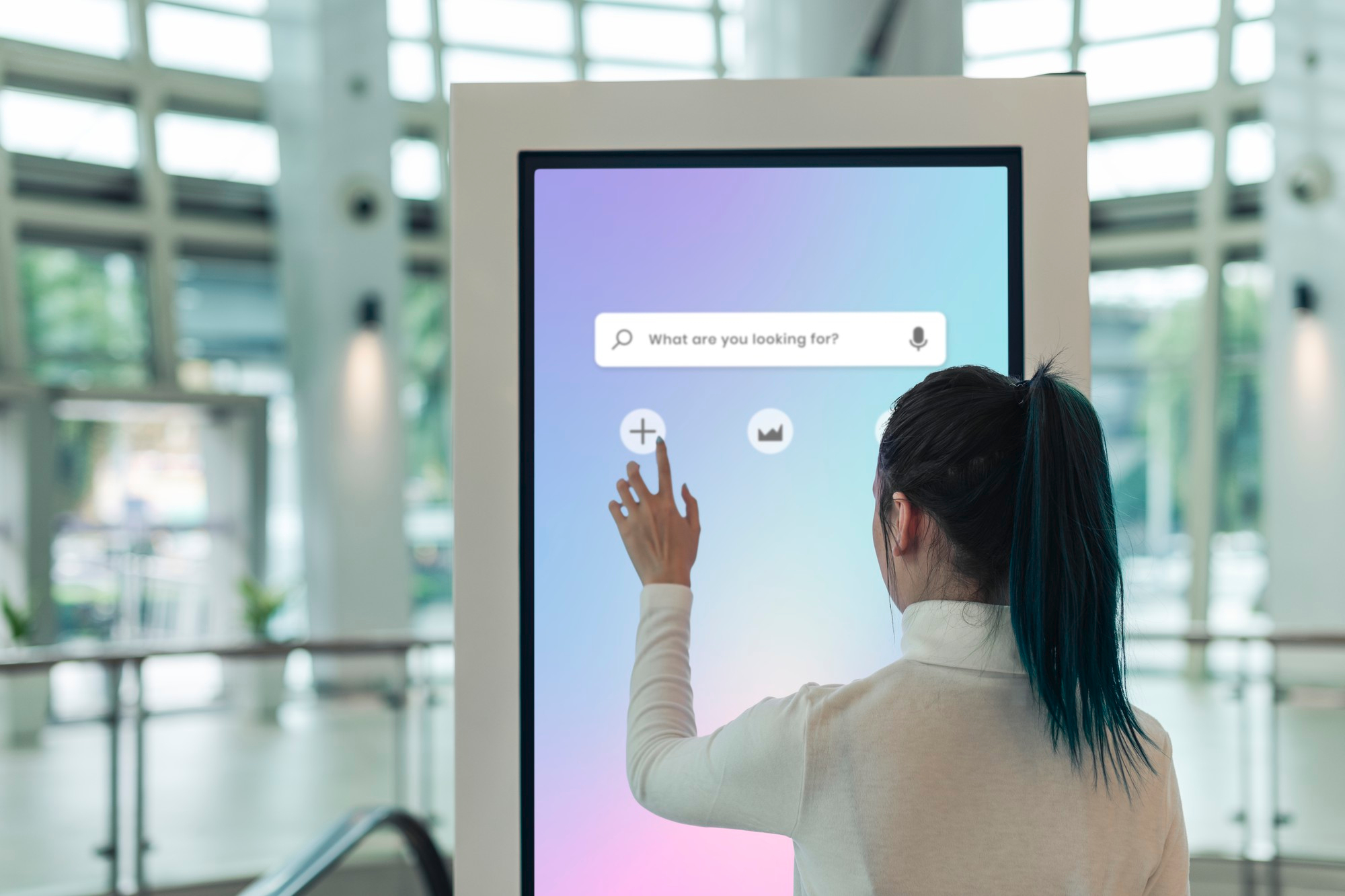
The Psychology Behind Self-Ordering: Why Guests Spend More When They’re in Control
In today’s hospitality and retail industries, customer experience is everything. And as digital transformation accelerates, one innovation is quietly changing the way people order — self-ordering kiosks.
But here’s the interesting part: it’s not just about convenience. Studies show that guests tend to spend more when they order through kiosks. The reason lies in psychology and design.
1. Control Creates Comfort
When guests use a kiosk, they’re in charge of their own experience.
There’s no rush from the cashier or pressure from a queue behind them. This extra time and control lead to more thoughtful — and often larger — orders.
They can browse, compare, and explore add-ons they might have skipped in a face-to-face interaction.
2. Visual Temptation Works Wonders
High-quality images, clear product descriptions, and smartly designed menus trigger emotional responses.
A photo of a dessert or a suggested combo can easily encourage guests to add more items.
Self-ordering kiosks, especially those developed by Utiliter, leverage UX design principles to present offers in a visually engaging and persuasive way.
3. The Power of Personalization
Digital kiosks remember preferences and can recommend items based on previous orders or time of day.
This form of personalized upselling feels natural — not intrusive — and helps customers feel understood rather than sold to.
When people see recommendations that make sense, they’re more likely to accept them.
4. Reducing Social Pressure
Ordering from a kiosk removes the subconscious social filter.
Guests don’t feel judged for ordering extra sides, upsized meals, or dessert.
This subtle removal of judgment contributes directly to increased spending — simply because people feel freer to indulge.
5. Seamless Experience Builds Trust
Smooth performance, quick payments, and intuitive navigation create a sense of reliability.
When technology “just works,” it boosts confidence in the brand.
Utiliter’s self-ordering kiosks are built with this in mind — offering a stable, user-friendly interface that enhances both satisfaction and sales.
6. Why It Matters for Businesses
For restaurants and cafes, even a small increase in average ticket size can make a major difference over time.
By understanding the psychology behind self-ordering, business owners can design smarter menus, more engaging layouts, and better loyalty integrations — all of which contribute to stronger profitability.
In Summary
Self-ordering kiosks aren’t just a technological upgrade — they’re a psychological one.
They give customers comfort, confidence, and choice — and in return, businesses gain higher sales, better efficiency, and stronger loyalty.
With Utiliter’s self-ordering solutions, you can design a digital experience that feels natural, intuitive, and rewarding — for both your guests and your business.

